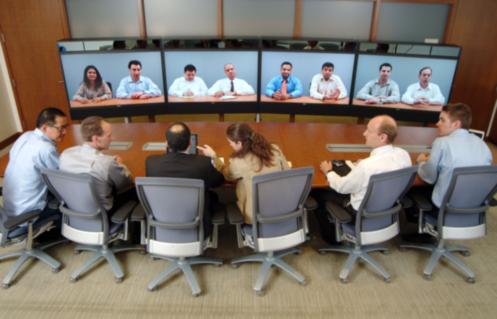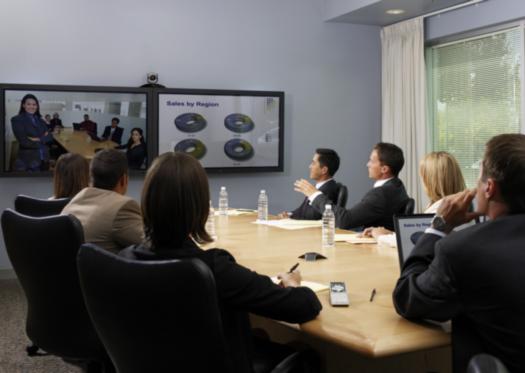Technology has forced companies to redefine and rethink how they choose to navigate global communication technology. When it comes to web conferencing, it’s necessary to make sure that everyone understands what’s involved and who’s responsible.
Managing Expectations
Finding the right conferencing provider means considering infrastructure design solutions and capabilities. The idea is to create a long-term partnership that will hopefully grow with your company over time. Setting up video conferences is a low-cost solution that helps companies increase productivity, provide flexibility and promote interaction with customers and partners no matter where they are. In order to experience those benefits, a good policy needs to constantly manage expectations by properly defining organizational needs and figuring out all the considerations involved in delivering this type of video solution.
Scheduling Guidelines
Whenever there is new equipment, people will want to find reasons to use it. This is a part of the adoption process and it needs to be managed. Businesses can define how the enterprise video conferencing can be used, including if it can be outside of the office. For strictly professional use, there will need to be scheduling considerations. If there is an online roster that shows when the equipment is in use and for how long, it can reduce the chance of bottleneck. After some time, you may even realize the need for time regulation so that everyone can have a chance.
Equipment to be Supplied
With this system, it’s possible for anyone to have a video conference from their desk. If that’s the case, then understanding what kind of equipment would be needed to do this and who would have access to it would also need to be included in your policy: Would users would be able to borrow a webcam and headset or get access through a mobile device of their own? If your company is integrating Bring Your Own Device (BYOD) then it helps to understand which devices would need the conferencing software as what security measures would be necessary.
Support and Training
When it comes to support and training, the first line will need to be the technical staff, which could include both audio/visual staff as well as technical support. It’s a good idea to have both teams working together because there are many functional as well as security considerations when working with that type of equipment. Even though there are clear lines of division between their roles, both teams would need to understand how the equipment should perform.
They would also need to understand the equipment from the user’s point of view, which will help when training the user how to manage the equipment. Technical training is continuous especially with software updates. So it would be a good idea to work with the vendor to make sure that everyone is up-to-speed on the updates and what changes the user would see and experience. The role of support is vital to maintaining the quality of the conferencing experience for both the business and the client.
Issues such as quality assurance and liability also need to be included in the policy. Once it’s done, employees can read the guidelines and show that they understand them. Creating a policy is an ongoing endeavor but it makes a difference if you want to make your conference program a success.
 Gearfuse Technology, Science, Culture & More
Gearfuse Technology, Science, Culture & More




